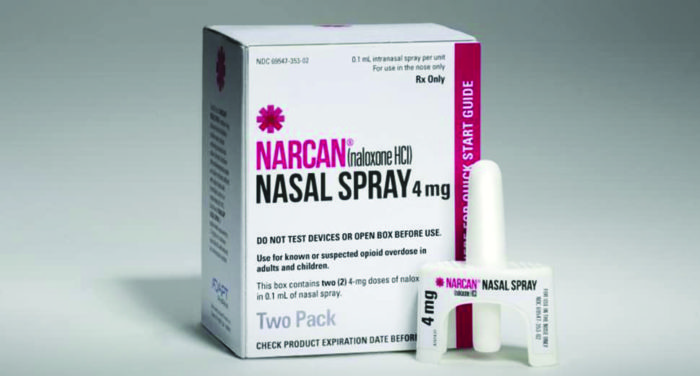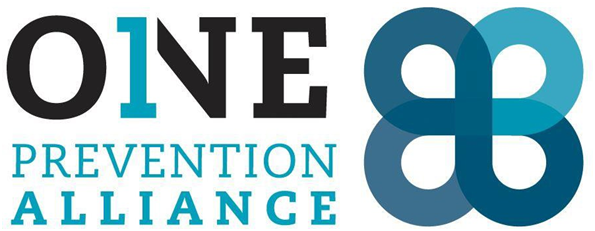
An overdose doesn’t have to end in tragedy, if you’re prepared
by Austin Blakeslee Pharm.D
There is an epidemic facing America that has been around long before we ever heard about COVID-19. And unfortunately, it will likely still be around after COVID-19 subsides. The CDC states drug overdose deaths have quadrupled since 1999. Greater than 70% of the drug overdose deaths in 2019 involved an opioid-1. The opioid epidemic facing our country is something that needs to be challenged head on. Fortunately, we now have the ability to be prepared in ways we didn’t before.
The tool that Washingtonians can now utilize is called naloxone. In an opioid overdose situation, the opioid receptors in the body are bound to the opioid drug. This causes slowed breathing which can eventually stop, leading to death. Naloxone is an opioid-receptor antagonist. That means naloxone removes the opioid from the receptor allowing breathing to resume.
The main ways to spot an opioid overdose are:
- Unconsciousness
- Slow or no breathing
- Pinpoint pupils
The easiest way naloxone can be administered to a patient is through a prescription nasal spray called NARCAN. If there is a suspected opioid overdose, the friend, family member, or caregiver should first call 911. NARCAN is not a substitute for emergency medical care. Then place a single spray in one nostril. This can be repeated after two to three minutes if the patient has not started breathing again or regained consciousness.
Naloxone is easier to access than ever before. There is a statewide protocol which allows pharmacists in Washington to prescribe naloxone to a patient and dispense it for them. It’s important for any patient regularly taking an opioid drug to be aware of the risks associated with opioid overdose and have a plan in place to stay safe. Please, ask your pharmacist today about the availability of naloxone.
____________________
Austin Blakeslee is a local pharmacist in Skamania County.
1 Wide-ranging online data for epidemiologic research (WONDER). Atlanta, GA: CDC, National Center for Health Statistics; 2020. Available at http://wonder.cdc.gov.
